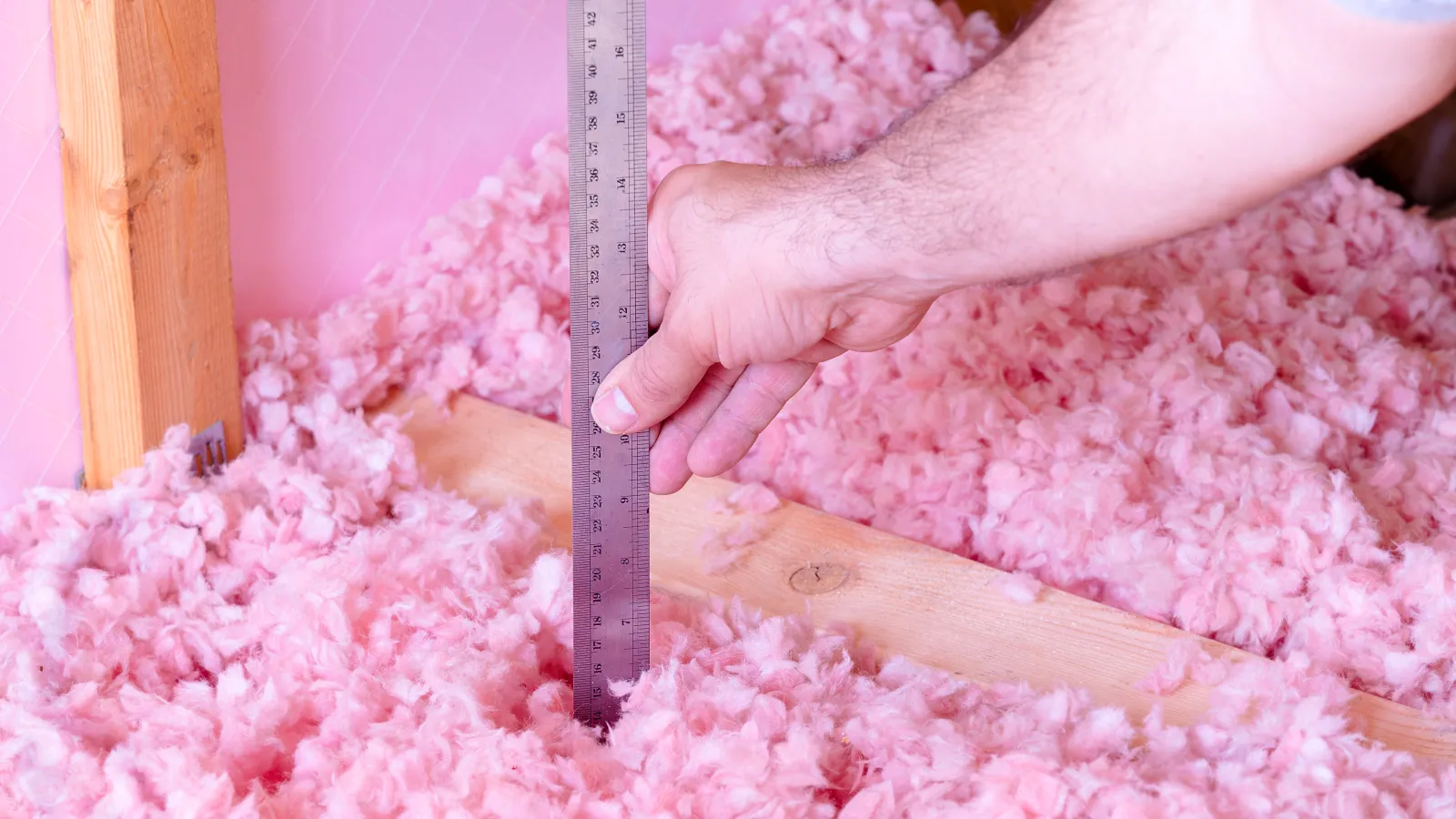You're standing in the insulation aisle at Home Depot, staring at pink rolls of fiberglass, and the numbers are starting to blur together. R13? R15? R19? They all look the same, but you know they're not. Choosing the wrong one could mean wasting money or, worse, an uncomfortable home.
Let's cut through the confusion. Whether you're insulating a new build, upgrading an older home, or tackling a DIY project, understanding the difference between R13, R15, and R19 insulation will help you make the right choice for your space, budget, and climate.
What Do R-Values Actually Mean?
Before we dive into comparisons, here's the quick version: R-value measures thermal resistance. Basically, it shows how well insulation resists heat flow. The higher the R-value, the better the insulation performs. Think of it like SPF in sunscreen: R13 provides decent protection, while R19 offers more heavy-duty protection.
But here's the catch: more isn't always better. The "right" R-value depends on where you live, what you're insulating, and the size of your wall cavities.
R13 Insulation: The Standard for 2x4 Walls
Thickness: 3.5 inches
Best for: Interior walls, 2x4 framed exterior walls in mild climates
Common applications: Walls in warmer regions, soundproofing between rooms
R13 insulation is the workhorse of residential construction. It's designed to fit snugly into standard 2x4 wall cavities (which are actually 3.5 inches deep). If you live in a climate where winters are mild (think Southern California or Florida), R13 might be all you need for exterior walls.
Is R13 good enough? For many situations, yes. Energy Star recommends R13 to R15 for wall insulation in warmer zones (Zones 1 through 3). It's also excellent for interior walls where you want some soundproofing without breaking the bank.
The downside? In colder climates, R13 alone won't meet modern building codes. You'll need to supplement it with exterior foam board or upgrade to a higher R-value.
R15 Insulation: The Goldilocks Option
Thickness: 3.5 inches
Best for: 2x4 walls in moderate climates
Common applications: Exterior walls in transitional climate zones
R15 is essentially R13's slightly beefier cousin. It fits the same 3.5-inch cavity but uses denser fiberglass or mineral wool to achieve better thermal resistance. The difference might seem small (just 2 R-value points), but in practice, that translates to about 13% to 15% better insulation performance.
When should you choose R15 over R13? If you're in a climate zone where winters get chilly but not brutal (think Virginia, Tennessee, or the Pacific Northwest), R15 offers a nice middle ground. It meets code requirements in more areas than R13 and incurs a relatively small additional cost. Usually just $5 to $10 extra per roll.
R19 Insulation: Maximum Performance for Standard Cavities
Thickness: 6.25 inches
Best for: 2x6 walls, attics, floors over unheated spaces
Common applications: Colder climates, crawl spaces, ceiling joists
Now we're talking serious insulation. R19 is about 46% thicker than R13, which means it needs a 2x6 wall cavity (5.5 inches deep) to perform properly. Trying to compress R19 into a 2x4 wall? Don't do it. You'll reduce its R-value and end up with less insulation than if you'd just used R13 in the first place.
R19 shines in northern climates, anywhere from Montana to Maine. It's also the go-to choice for attics in most regions and floors above crawl spaces or garages where you need serious thermal protection.
The cost trade-off: R19 costs roughly 30% to 40% more than R13, but if you live where heating bills are high, it pays for itself through energy savings within a few years.
R13 vs R15 vs R19: The Head-to-Head Comparison
| Feature | R13 | R15 | R19 |
|---|---|---|---|
| Thickness | 3.5" | 3.5" | 6.25" |
| Wall Cavity | 2x4 | 2x4 | 2x6 |
| Thermal Resistance | 13 | 15 | 19 |
| Typical Cost (per sq ft) | $0.40-0.60 | $0.45-0.70 | $0.60-0.90 |
| Best Climate Zones | 1-3 (warm) | 2-4 (moderate) | 4-8 (cold) |
Can You Use R19 in a 2x4 Wall?
This is one of the most searched questions, and the answer is technically yes, but you shouldn't. When you compress R19 insulation to fit a 3.5-inch cavity, you're squishing out air pockets that provide thermal resistance. A compressed R19 batt performs closer to R13 or R14, so you're paying extra for no benefit.
If you have 2x4 walls and want better than R13, go with R15 instead. If you're building new or reframing, consider 2x6 walls to accommodate R19 or even R21.
Which Insulation Should YOU Choose?
Choose R13 if:
- You're insulating interior walls for sound control
- You live in a warm climate (Southern states)
- Your home has 2x4 walls and local code allows R13
- You're on a tight budget
Choose R15 if:
- You have 2x4 walls and want better performance than R13
- You're in a moderate climate with cold winters but not extreme temperatures
- You want code compliance in more regions without upgrading to 2x6 framing
Choose R19 if:
- You're building with 2x6 walls
- You're insulating an attic, crawl space, or floor above an unheated area
- You live in a cold climate (Northern states, high elevations)
- Energy efficiency is a priority and you're thinking long-term ROI
The Bottom Line
Insulation isn't sexy, but it's one of the smartest investments you can make in your home. The difference between R13 and R19 might seem academic until you're enjoying a cozy winter without sky-high heating bills.
Still not sure which R-value is right for your project? Contact USA Insulation for a free consultation. Our insulation experts can assess your home, explain your options, and ensure you get the perfect solution for your climate and budget. No guesswork required.



